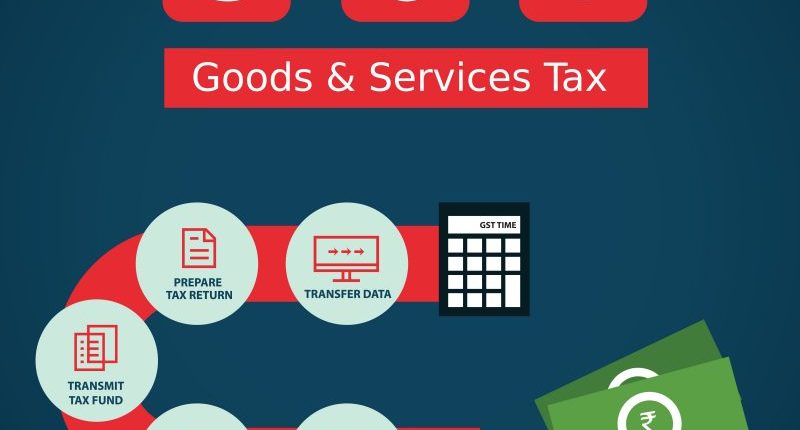GSTN has proactively been able to cater to a million taxpayers on a single centralised portal. With GST completing two eventful years on 1 July 2019, GSTN released a set of data covering the entire period since its inception.
The data released on 30 June 2019 is based on metrics such as return filing, refund processing, GST registrations, GST revenue collection, and e-way bills generation.
Firstly, the number of GST registrations sees an upward trend month-on-month basis. The number of GST registrations has grown by three times in two years when compared to figures in June 2017. As on 30 June 2019, while half the monthly numbers constituted the migrated taxpayers, the other half comprised of the new registrations.
As far as the GST return filing is concerned, GSTN has stated that over 28 crore returns have been filed till June 2019 since the inception of GST with the highest number of returns filed in any single day so far accounting for 21.30 lakh. The total returns filed every month have shown an increasing trend since July 2017.
Also Read: GST Policy Wing Clarifies Refund Process
When we observe the individual GST return filing pattern, GSTR-1 sees a staggering fall in filing every month, while the response towards GSTR-3B has always seen improvement with most of the users filing by the due date. The trend depicts the mindset of the taxpayers to avoid penalty or late fees by filing GSTR-3B on time while being reserved towards an exigent return in GSTR-1.
Till the current month, the average monthly GST collections have always been below Rs 1 lakh crore, with the June 2019 collections recording Rs 99,939 crore, marginally higher by Rs 4,000 crore in comparison to June 2018 figures but lowest of the preceding two months.
It is interesting to note that the IGST collections are comparatively higher than the cumulative collections of CGST and SGST, indicating a customary inclination towards the inter-state transactions across India. While at it, the e-way bill generation for intrastate vis-a-vis interstate shows that the percentage generation in case of intrastate has outperformed the interstate.
The amount of IGST refund sanction has shown improvement consistently every month since July 2017. The progress can be attributed to the awareness exercises and refund drives that have created an impact on the taxpayers.
We can observe from the increasing trend in the filing of present GST returns that the taxpayers are growing accustomed to the challenges, whether technical or technological. With the introduction of the new simplified return filing system by the year-end, we can expect a slip in return filings as the taxpayers again go through the learning curve.
Annapoorna, popularly known as Anna, is an aspiring Chartered Accountant with a flair for GST. She spends most of her day Singing hymns to the tune of jee-es-tee! Well, not most of her day, just now and then.




